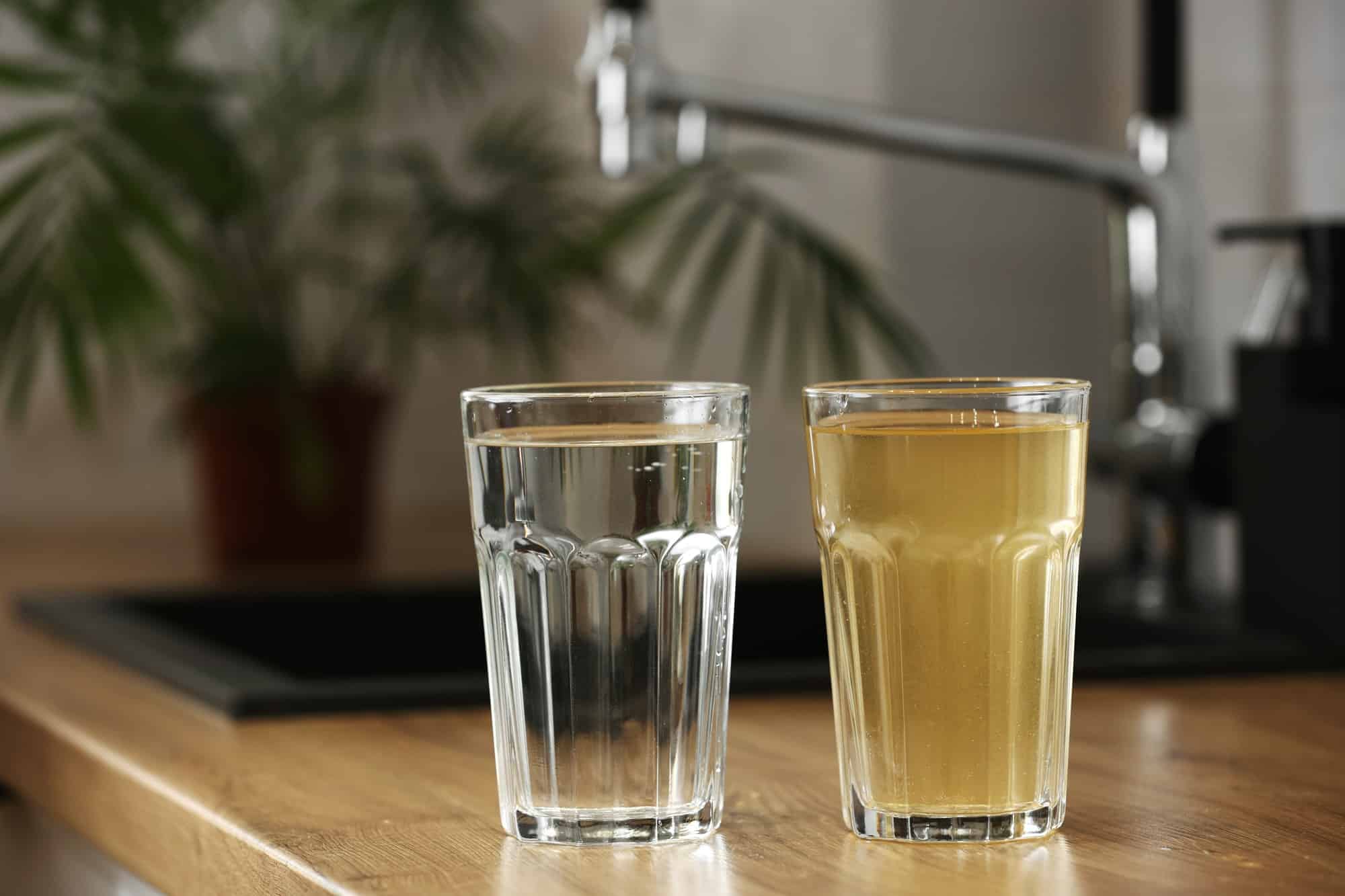A healthy learning environment is one of the pillars of effective education. Schools play a critical role in shaping the lives of children and their overall well-being. However, the quality of the air that scholars breathe within school premises has recently become a subject of concern. Various studies, including those published on PubMed, reveal a direct correlation between indoor air quality (IAQ) and the prevalence of allergies and asthma among children. Consequently, improving the quality of indoor air in schools through advanced filtration systems is not only a health strategy but also an educational one. This article will examine how high-efficiency particulate air (HEPA) filters and air purifiers can help reduce allergy and asthma symptoms in schools.
Air Quality in Schools and its Impact on Health
The quality of indoor air in schools can significantly affect children’s health. With pollutants such as dust, mold spores, and other microscopic particles often present in the air, children with allergies and asthma can experience a worsening of symptoms. These allergens can trigger an immune response leading to allergic reactions and asthma attacks.
Dans le meme genre : How Does the Incorporation of Soundscapes in Urban Planning Affect Mental Well-being?
Poor indoor air quality (IAQ) can also lead to other health complications, including frequent headaches, fatigue, and difficulty focusing. This can subsequently affect children’s academic performance and overall school experience. It is evident that the benefits of clean indoor air are not only health-related but also extend to the academic and social life of scholars.
The Role of Air Filters and Purifiers in Improving Indoor Air Quality
Air filters and purifiers serve a crucial function in improving indoor air quality by removing harmful pollutants from the air. These devices work by drawing air in and passing it through a filter that traps harmful particles. The clean air is then circulated back into the room, reducing the concentration of allergens and other pollutants.
Avez-vous vu cela : Are There Specific Stretching Routines That Can Prevent Lower Back Pain in Office Workers?
HEPA filters, in particular, are designed to capture 99.97% of particles that are 0.3 microns or larger, making them exceptionally effective at improving indoor air quality. In a school setting, these filters can help reduce allergens and other pollutants that can trigger asthma attacks or allergic reactions in sensitive individuals.
Air purifiers, on the other hand, often incorporate HEPA filters and additional filtration technologies such as activated carbon filters and ultraviolet (UV) light. These added features can help to remove gaseous pollutants and destroy airborne bacteria and viruses, further improving the quality of indoor air.
The Impact of Advanced Filtration Systems on Allergies and Asthma
Integrating advanced air filtration systems in schools can have a profound impact on managing allergies and asthma. These systems can significantly reduce the concentration of allergens and asthma triggers in the air, thus lowering the risk of allergic reactions and asthma attacks among students.
For instance, HEPA filters, with their high-efficiency particulate trapping capability, are particularly effective at reducing allergens like dust mites, mold spores, and pet dander. By effectively removing these allergens, the frequency and severity of allergic reactions can be significantly reduced.
Similarly, air purifiers with activated carbon filters can remove volatile organic compounds (VOCs) and odors that can trigger asthma attacks. Certain air purifiers also incorporate UV-C light technology, which can kill bacteria and viruses, helping to maintain a healthy school environment.
The Role of Schools and Policymakers in Ensuring Clean Indoor Air
Schools and policymakers play a crucial role in ensuring clean indoor air in educational institutions. By investing in advanced filtration systems, schools can drastically improve the IAQ and create a healthier learning environment for students.
Policymakers, on the other hand, can enact regulations and guidelines to ensure that schools adhere to certain IAQ standards. They can also provide funding for schools to implement these advanced air filtration systems and conduct regular air quality checks. Such measures can significantly improve the health and overall well-being of students, leading to better academic performance and a more fulfilling school experience.
Incorporating advanced air filtration systems in schools is not just about adhering to regulations or guidelines. It’s about ensuring that our children, the future leaders of our world, have a healthy and conducive environment to learn and grow. Therefore, it’s crucial that we make concerted efforts to improve the indoor air quality in schools for the betterment of our children’s health and academic performance.
Increasing Education and Awareness about Indoor Air Quality
The importance of clean indoor air in schools cannot be overstated. However, awareness and understanding about the topic are often lacking among school administrators, teachers, parents, and students. In this regard, educational initiatives are necessary to increase knowledge about indoor air quality, its effects on health, and the benefits of advanced air filtration systems.
It’s crucial to emphasize that everyone has a role to play in maintaining clean indoor air. Teachers and students should be educated about simple practices, such as not using perfumed products or aerosols that could trigger allergies or asthma. Maintenance staff should be trained in the proper use and maintenance of air filters and purifiers.
School administrators should understand the benefits of investing in high-quality air filtration systems and the potential health and academic dividends these can bring. Parent-teacher associations can also contribute by advocating for clean indoor air and supporting the school’s efforts to improve air quality.
To provide effective educational materials, schools can utilize resources from reputable sources such as PubMed and Google Scholar. These platforms offer free articles that provide up-to-date and scientifically-backed information about indoor air quality and its impact on health.
Same goes for policymakers, who should stay informed about the latest research and developments in indoor air quality. This knowledge can guide them in creating effective regulations and policies that prioritize clean air in schools.
Conclusion: Clean Air for a Better Quality of Life
The importance of clean indoor air in promoting a better quality of life for students is undeniable. With improved indoor air quality, students will not only experience a decrease in allergy and asthma symptoms, but they are also likely to perform better acadically due to increased concentration and reduced absenteeism.
Advanced air filtration systems, such as air purifiers with HEPA filters and activated carbon filters, play a pivotal role in achieving this. These devices effectively remove harmful air pollutants and allergens, thus mitigating the risks associated with poor indoor air quality.
However, the success of these measures depends on the concerted efforts of schools, parents, teachers, students, and policymakers. It requires investment in advanced air filtration systems, consistent maintenance of these systems, and adherence to established indoor air quality standards. Moreover, it necessitates the promotion of awareness and education about the importance of clean indoor air and the ways to achieve it.
The implementation of advanced air filtration systems in schools is a worthwhile investment. It not only fosters healthy physical development among students, but it also contributes to a healthier learning environment that can enhance academic performance. As we continue to navigate the future of education, guaranteeing clean indoor air should remain a top priority in ensuring the overall well-being of our students. After all, our children deserve nothing less than a clean, healthy, and conducive learning environment where they can thrive.











